We interviewed small business executives who have been through this process more than once. Then we compared their responses with the research of canned suggestions from multiple development companies and business leaders. The result is a well-balanced perspective to help make your journey a little easier.
There are just so many factors to consider, and the whole research and interview process can be daunting. But it doesn't have to be. The more you learn about the initial vetting process and industry “base” practices, the better your experience will be.
What are tips for choosing a software development company? Knowledge is power, and we're about to drop some on you now with nine tips in sequential order to help you choose the right software development company.
Before choosing the right software development company
Before you start searching for your ideal software development firm, you need to have a clear picture of your own expectations. For starters, define what kind of service you need and decide on your development budget. Then, determine where you’ll look for your potential software development partner — you can choose from onshoring, nearshoring, and offshoring.
Finally, do research and find out which engagement model can best meet your business requirements and budget: dedicated team, staff augmentation, time and material, or fixed price. Let’s take a quick look at each:
Dedicated team
Dedicated teams work exclusively on your software development projects on a long-term basis. Each software developer for your team is selected according to your project requirements and business strategy. You may either decide to manage the software development process from your side, or entrust team management to your outsourcing vendor.
Augmented team
The augmented team model involves specialists from an outsourcing company working with your in-house team. This model is your best option if you need to fill a skill gap within your internal team or your project requires a rare technology stack your in-house team lacks.
Time & Material
The time and material model suggests paying a development company for the actual work completed on a range-based price per hour. This model works best for projects with unclear requirements and undefined scope.
Fixed price
If you want to be least engaged in the development process and focus on your business processes instead, the fixed price model might be your way to go. The price is set after analyzing requirements, which makes this model suitable only for well-defined projects.
How to choose the right software development partner
Once you’re clear with your expectations, budget, and engagement model you’d prefer, you can start searching for your potential partner. Below are the steps to choosing the best software development company. Let’s jump right in.
#1: Seek referrals and recommendations
Various social media platforms like Facebook, Twitter, and LinkedIn are great resources to survey your peers and sphere of influence. Why recreate the wheel if you can benefit from the experiences of people you trust? You might be surprised by the quantity and quality of responses you get.
Checking the online reviews of your short-list is the next step toward finding the right software development partner. Be careful, though. Read at least some of the good and bad reviews to ensure they are legitimately speaking about the capabilities of the company you are considering and that the common flaws are deal-breakers.
#2: View the company's portfolio
Ask the software development companies you are most interested in to show you their portfolio. Reputable companies love to showcase their capabilities and challenge their developers to lead the edge. Learn what they can do and the range of their UI/UX (User Interface/User Experience) design style.
First of all, looking into a project portfolio will allow you to check if the company has previously done something similar to what you need. Next, it demonstrates the level of experience the company has. Finally, the portfolio will let you realize the scale of work the team has done and help you make a conclusion whether they are able to handle your project.
However, some companies may be unable to share their past projects due to NDAs. Still, they should at least provide you with an approximate outline of their previous projects, how they have been developed, and how they have benefited customers.
#3: Know the tech (basics)
Most of us have no idea of the key aspects of software development — which development languages, architectures, platforms, or methods exist, let alone any of their pros and cons. However, all applications are built on a foundation. It ultimately determines long-term flexibility for updates and future add-ons, integration-ability with other in-house and cloud software, and many other concerns like server resources, storage capacity, and overall UX speed.
An inexpensive way to make a more informed decision is to consult with numerous development freelancers and interview development firms to learn which framework they would recommend and then do some light research on the pros and cons of the most common considerations.
#4: You get what you pay for
How to choose a custom software development company that offers low rates? Good question. With so many potential development partners to choose from, globally, it's easy to look at price as a key factor, but don't be fooled. You will always get what you pay for, and sacrifices are inevitable. Either in budget or quality, deadlines or features, customized capabilities or canned restrictions.
Usually, the right partner will price the project reasonably by padding the quality control process. While hourly rates are better for the developer, fixed-price adds their skin to the game. Efficiency becomes the primary consideration, and the planning phase becomes much more diligent.
#5: Understand the process
We're not suggesting you get into the nitty-gritty or deep into the details but that you ask the right questions to establish reasonable expectations.
- What development methodology will the team use for the project?
- What are the expected milestones?
- What is the process to pass to the next?
- What are the quality control measures to keep the project on task?
- At what stages will you be involved?
- How much collaboration is expected, and by what means?
- What project management mechanisms will be employed, and will you have shared access to them?
#6: Lock in the scope
Development companies make their money on scope creep. They bait you with a reasonable price for a decent solution, but the details aren't always so clear. Once you go through the courting process and decide to engage, it's essential to lay the ground-rules on scope creep. Learn their process for progress when the project snags on an undefined variable or when an unforeseen obstacle forces a pivot. Offer suggestions that sway the compromise of responsibility. Their response will help you know if they are the right partner.
#7: Interview the leads to test communication
To avoid miscommunication or a breakdown in expectation, the development company leaders must have a solid command of the English language. But it's also equally crucial that your points of contact in design and development, with whom you will be interacting and collaborating throughout the process, have the right personality and clarity of speech to articulate and understand your questions, comments, concerns, and suggestions.
Communication isn't just about accents or vocabulary. Can they speak “human”? Developers live and talk in a world of their own, but their POC counterparts need to bridge the gap fluently. Interviewing them ahead of time will alleviate so many headaches later.
#8: Ask about testing and maintenance
Before you seal the deal with any software development company, it’s essential to have a sit-down to understand their testing policy. First, you need to know how they perform testing throughout the entire software development life cycle.
In addition, you should check if support and maintenance services are going to be included in the contract. And if so, clarify how long these services will be handled by the development team.
#9: Protect your assets
This is our answer to the question “How to choose a secure software development company?” At the end of the project, ownership becomes a major consideration. It is essential to ensure that you have exclusive rights to your project. After all, you are spending money to create a competitive advantage. Regardless of your intended use — for internal management, external marketing, or everything in between — you need to ensure your intellectual property is adequately protected.
- What is their attitude toward signing an NDA?
- What legal recourse do you have when working with a company outside of the United States jurisdiction?
- What warranties and guarantees do they offer, and how are they backed up?
Final thoughts
The software development industry is rapidly growing, which can make choosing a software development company for your next project a daunting task — it’s getting increasingly difficult to select from a whopping number of providers.
Still, if you take a step-by-step approach to choosing a software company, your chances to succeed will be higher. We hope you find our tips for choosing a software development company helpful.

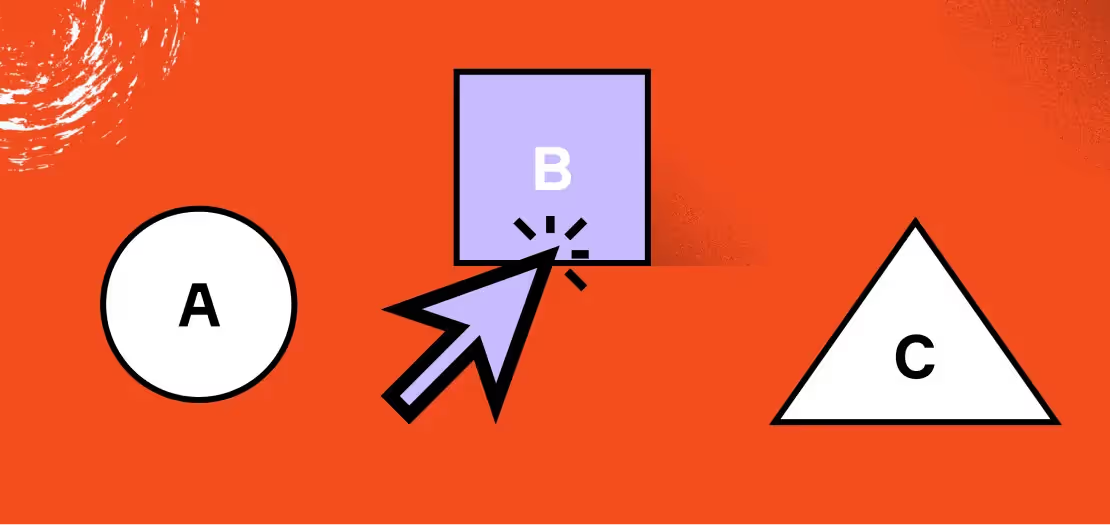
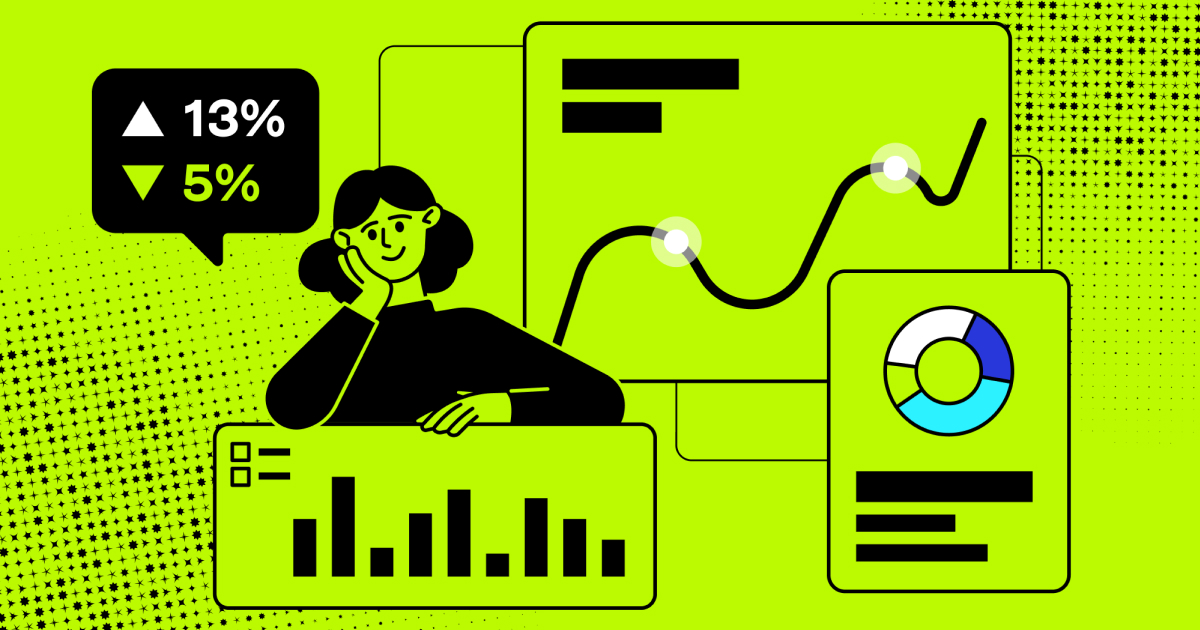






.avif)

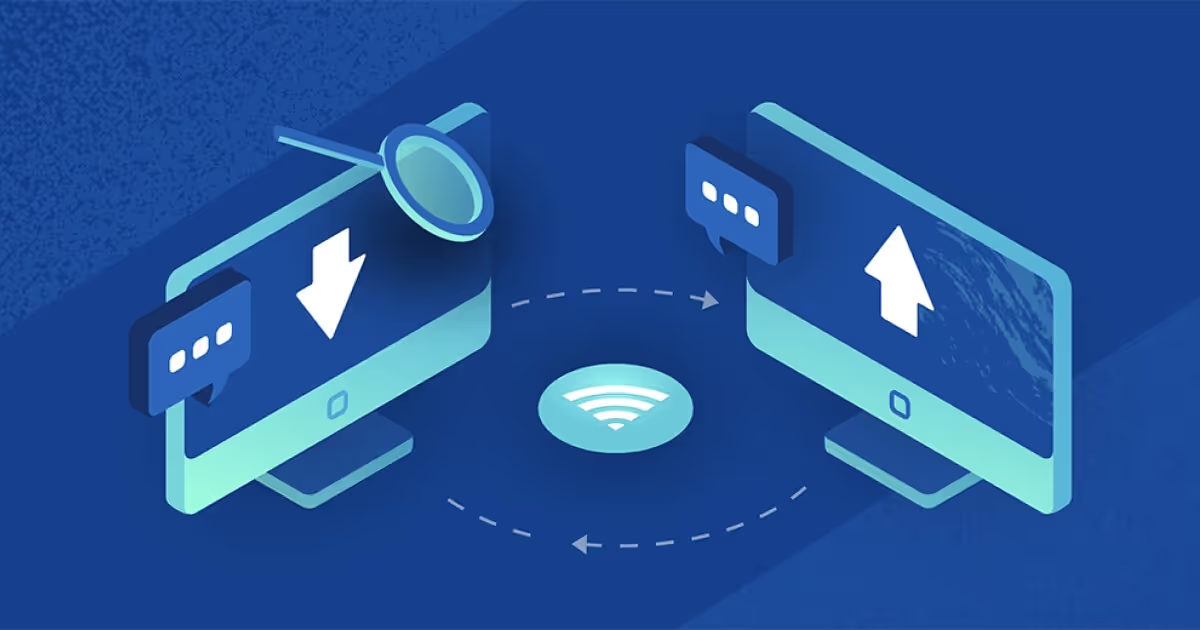
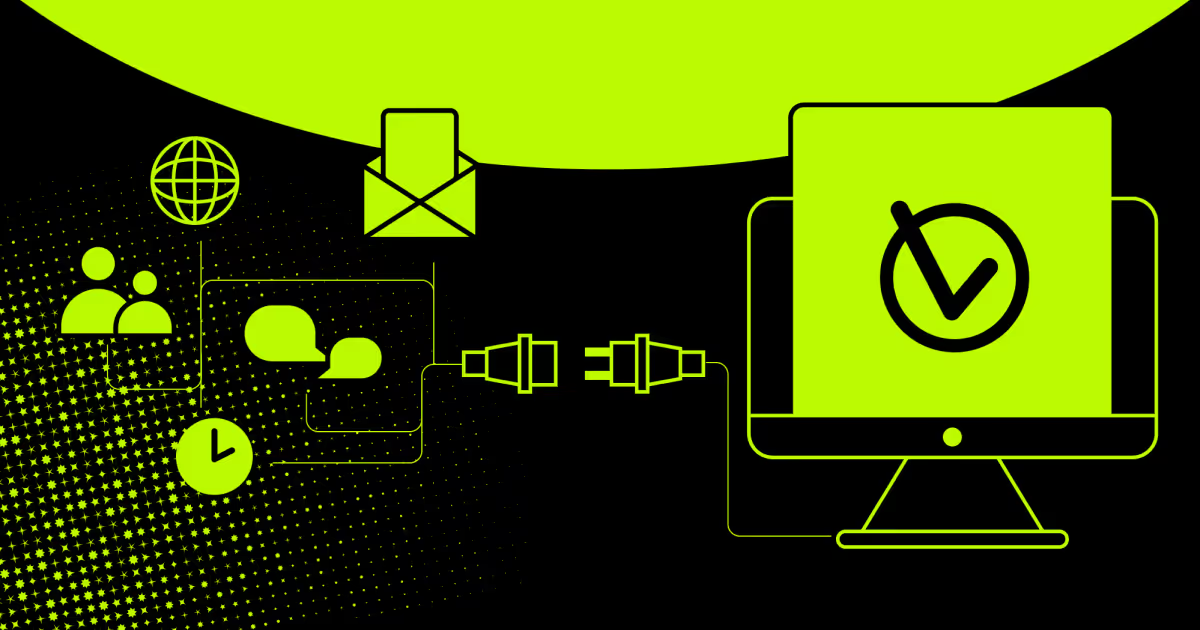

.avif)
.avif)

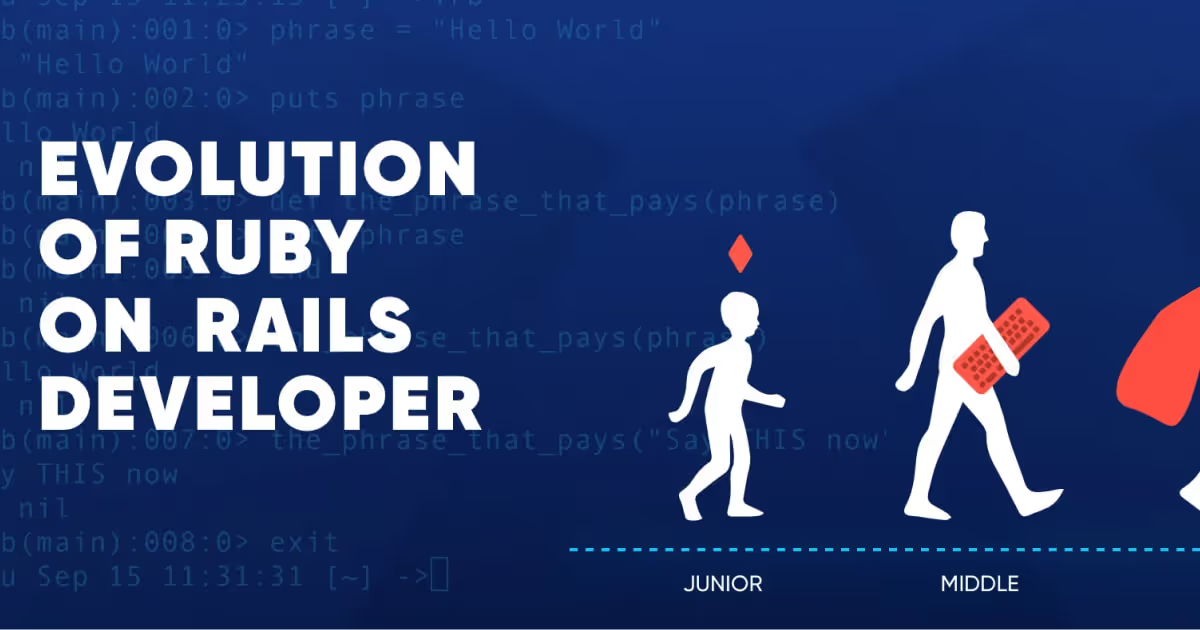
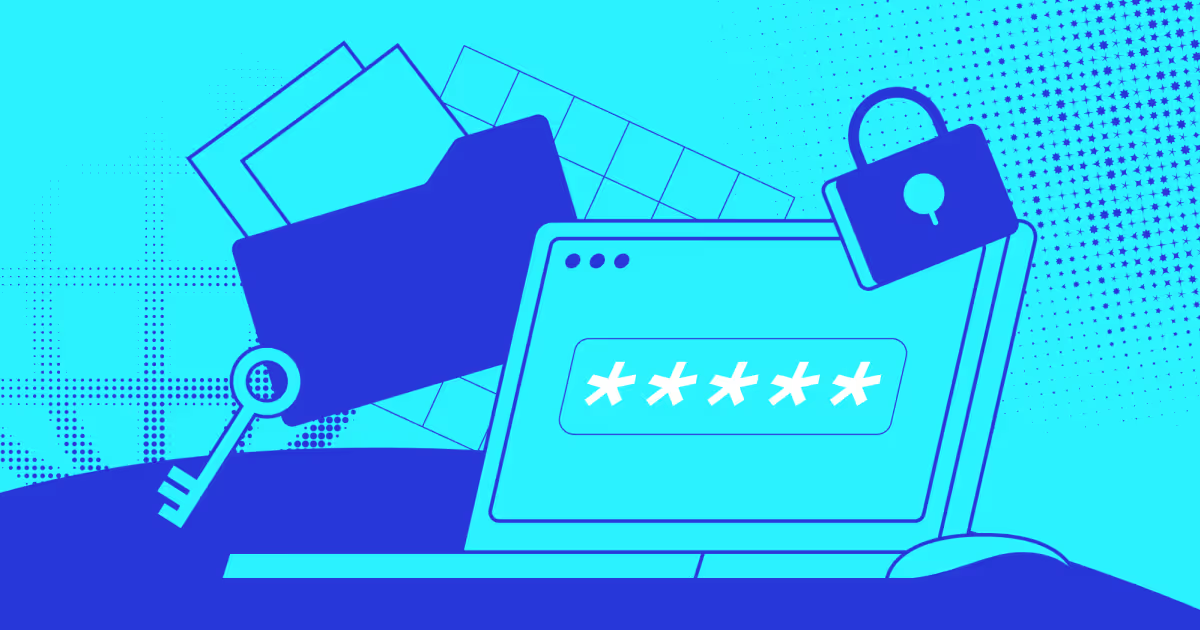
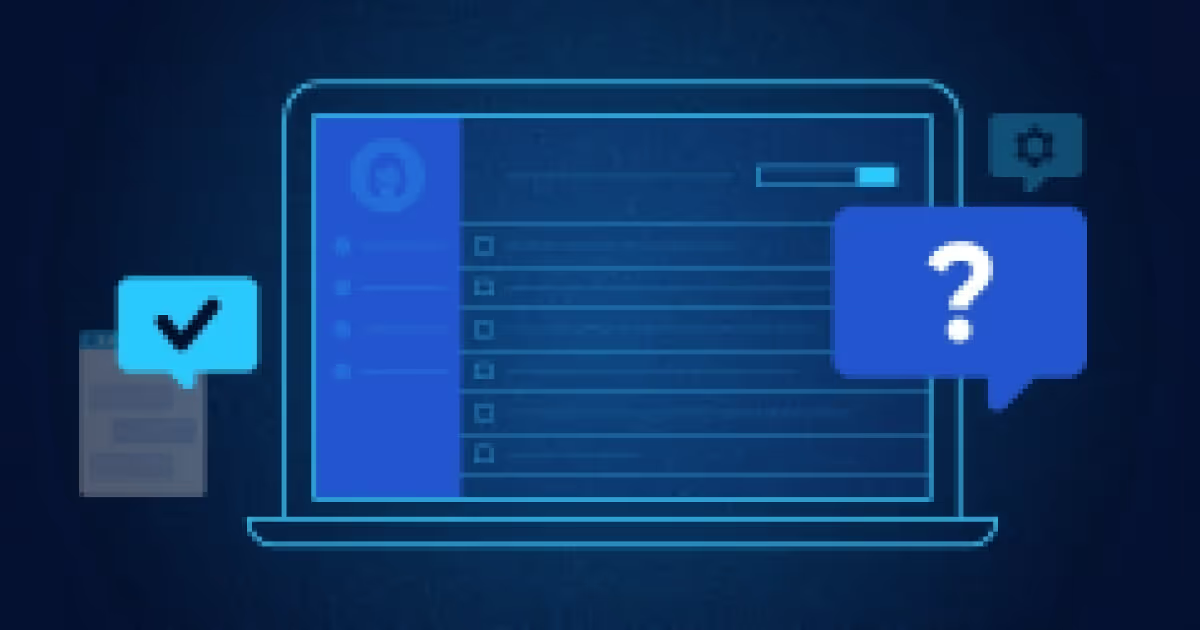


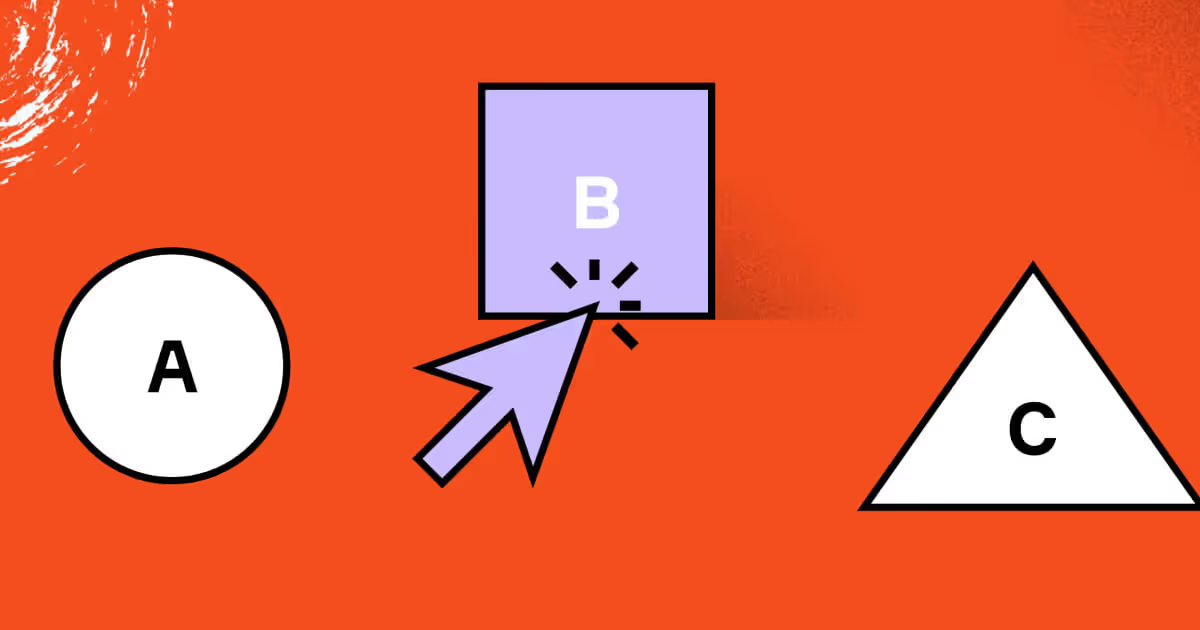

_.avif)



.avif)
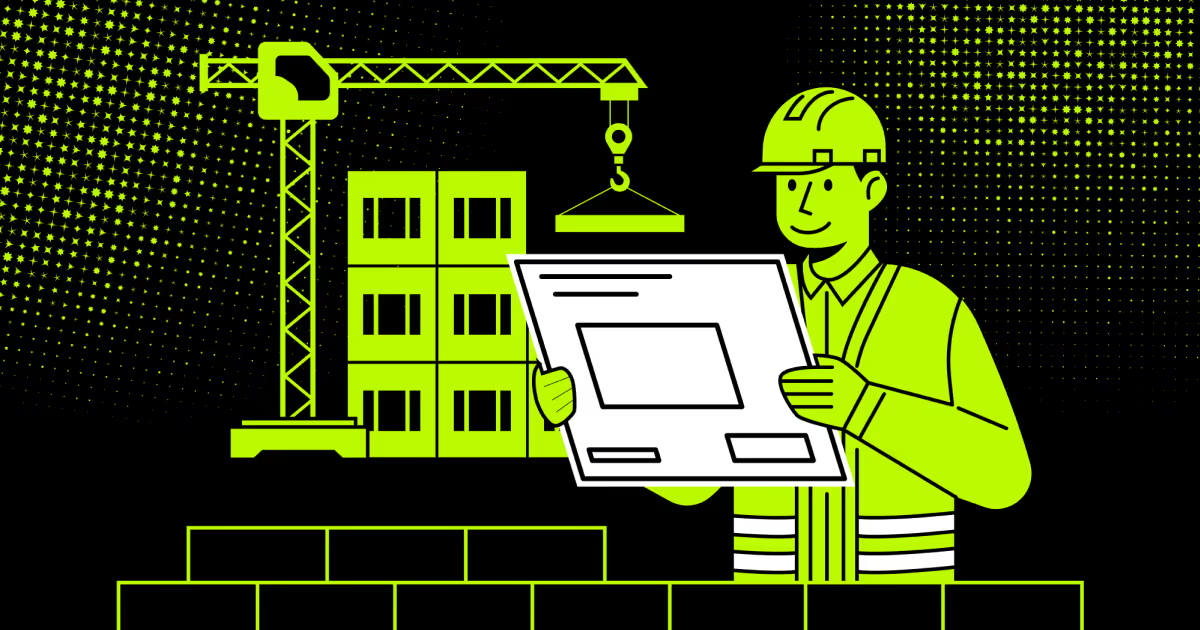


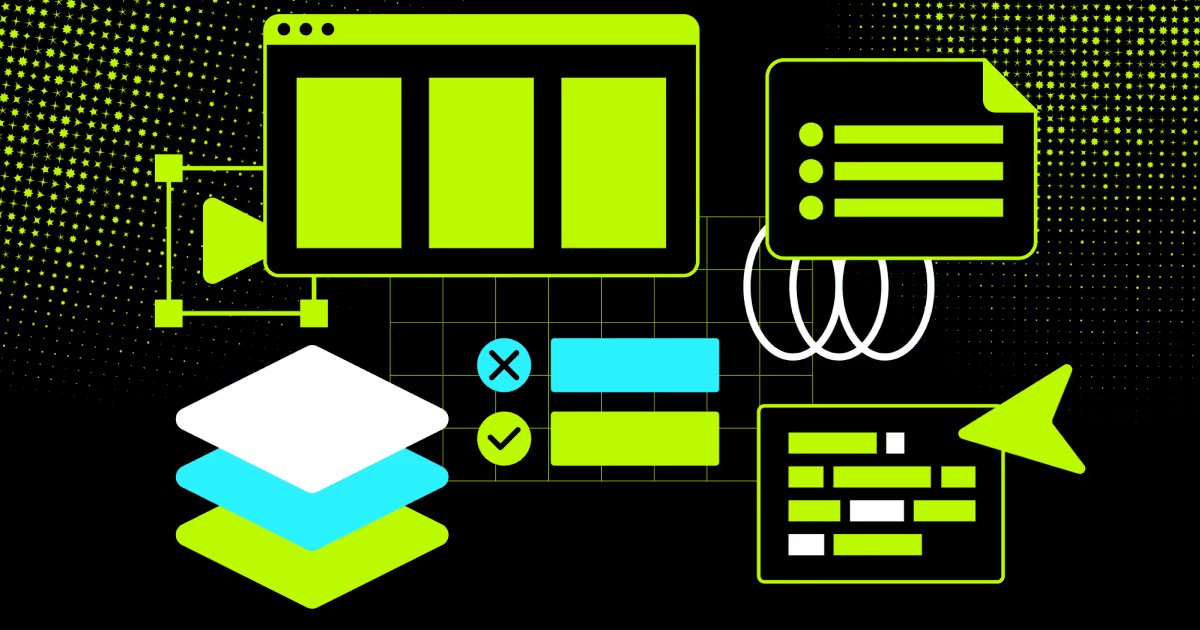

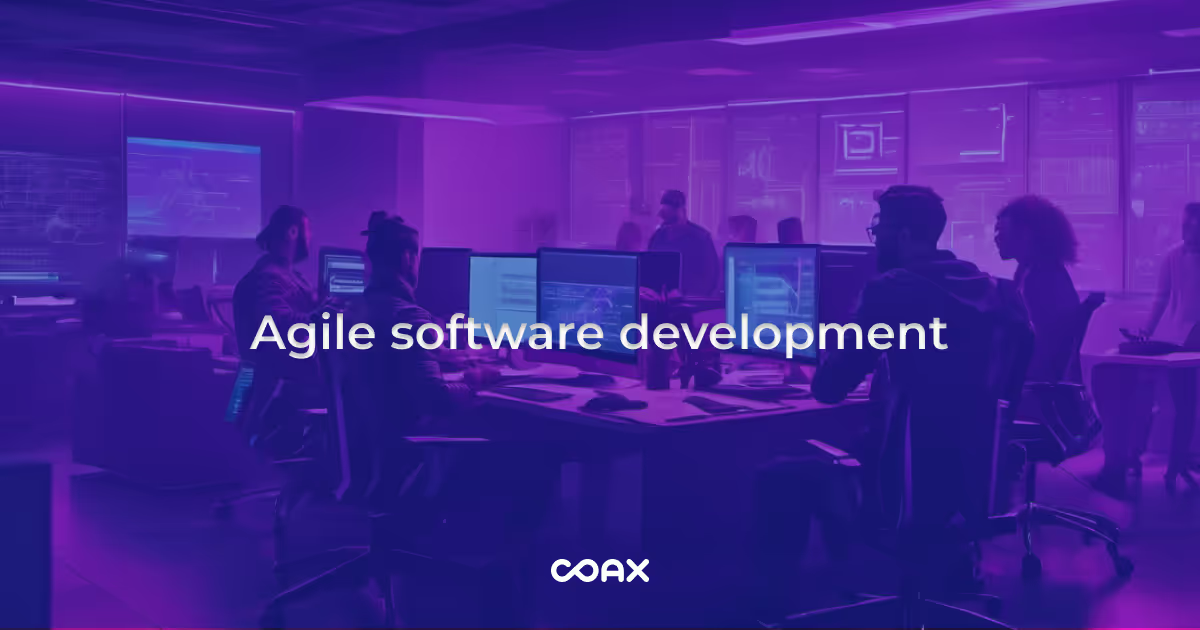


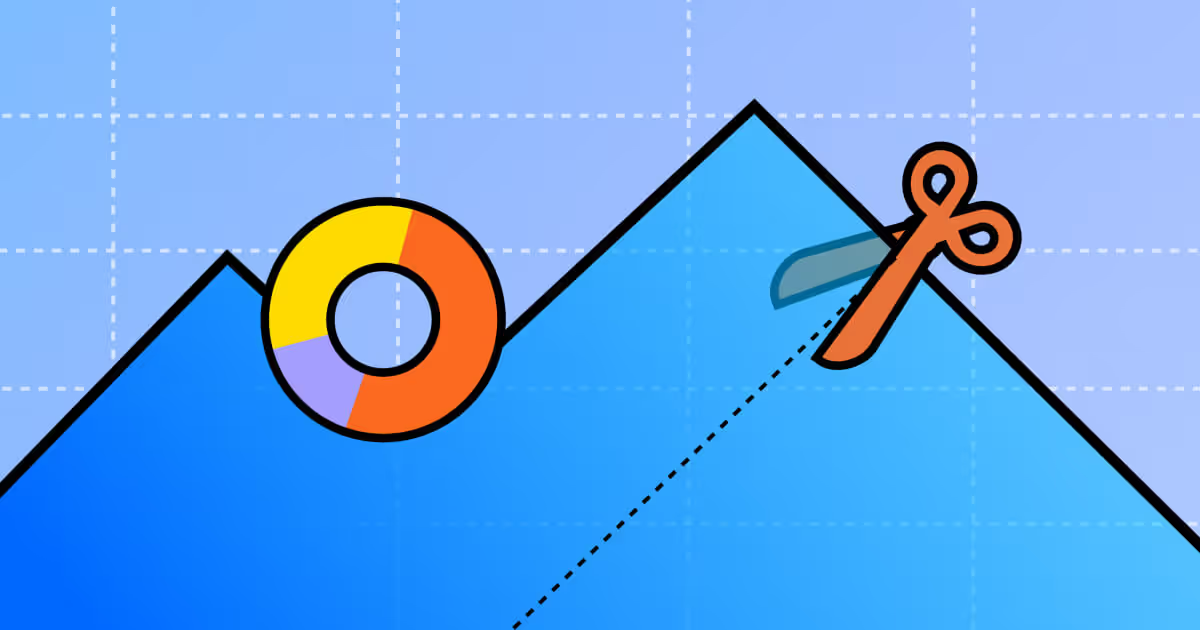
.avif)